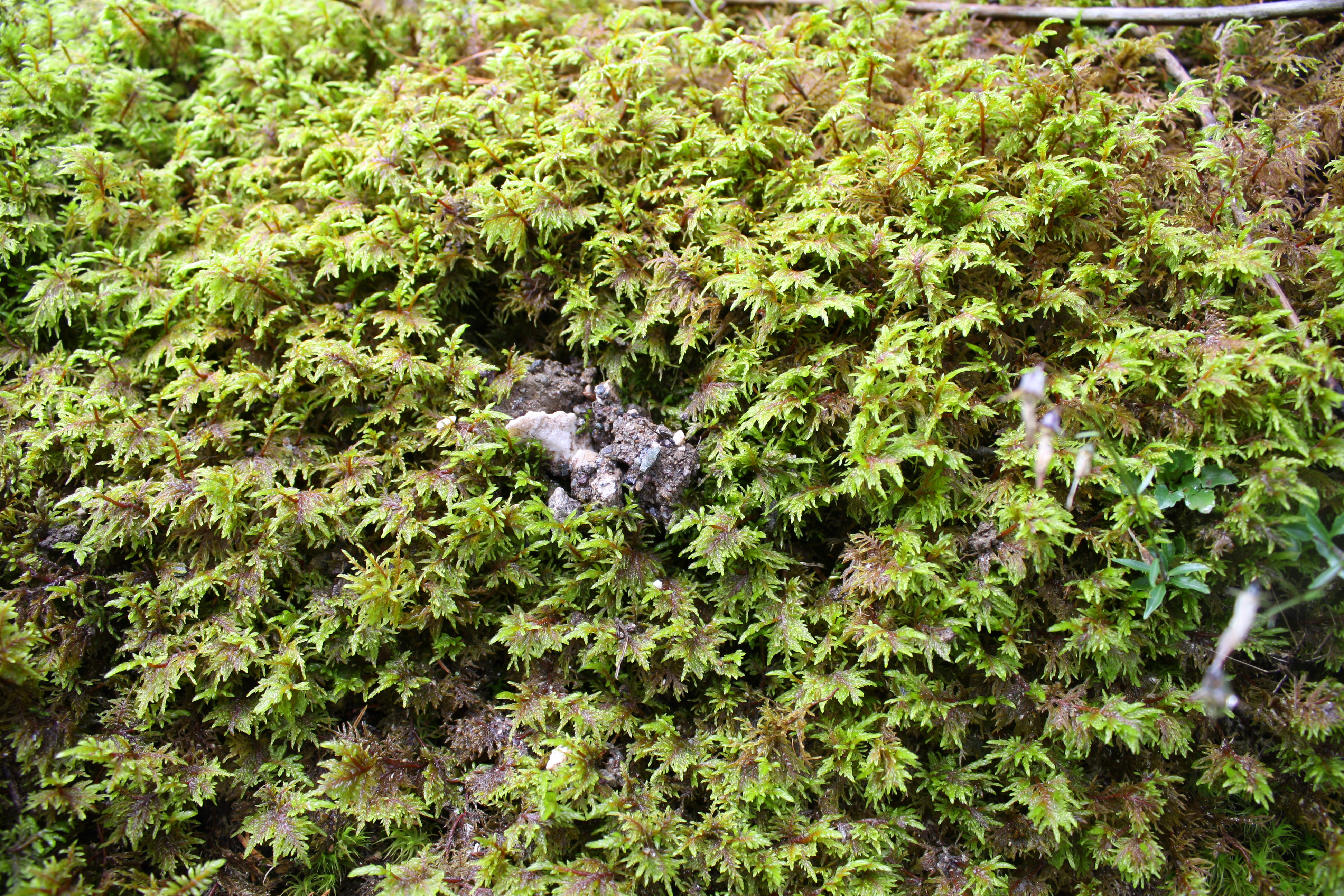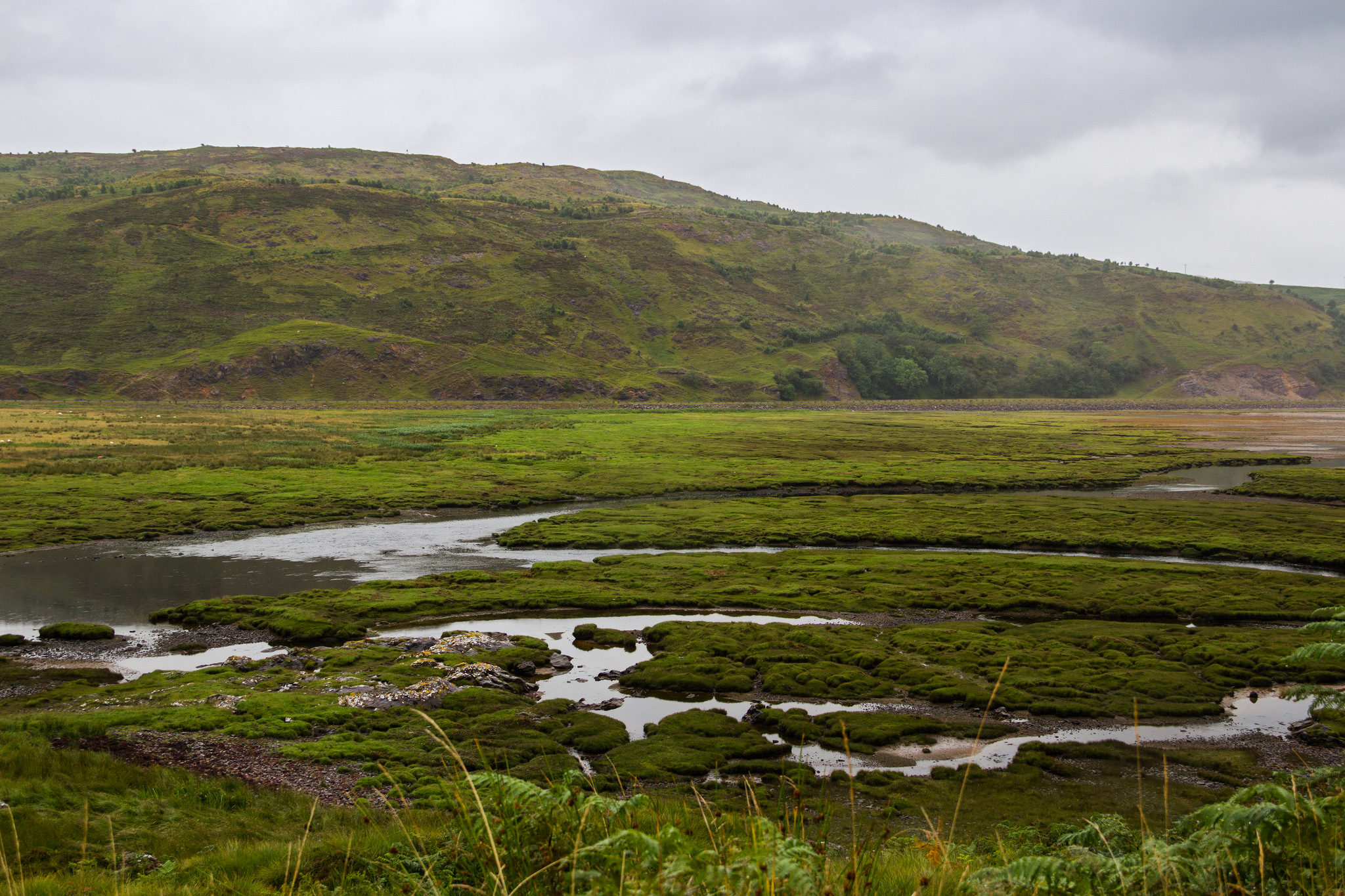Should You Stop Using Peat Moss?
In the United States, peat moss (sometimes simply called “peat”) is a fairly ubiquitous feature of the gardening landscape and is used by gardens big and small. Fans of peat moss celebrate it as an organic, natural soil enhancer that retains moisture and nutrients, promotes root growth, and increases acidity in the soil.
But critics are wary of its impact on the environment.
Peat moss is a fibrous materials that consists of decomposed organic materials, usually sphagnum moss, which have been submerged underwater. Like oil, peat moss takes many years to develop: each inch takes about 15 to 25 years to form. Currently, peat moss bogs covers 2% of land across the world and is located predominantly in Russia, with Canada coming second. In addition to concerns over sustainability and how fast the reserves can be replenished, there are worries about digging the peat up; according to The Washington Post, peatlands “store a third of the world’s soil carbon, and their harvesting and use releases carbon dioxide.”
America in particular is guilty of peat moss consumption; in Europe, peat moss is on the decline. As gardening columnist Adrian Higgins writes of the United Kingdom for The Washington Post: “The government’s environmental agency has said it wanted to phase out peat moss for hobby gardeners by 2020 and commercially by 2030. The London-based Royal Horticultural Society, the largest gardening organization of its kind in the world, has reduced peat use by 97 percent at its four major gardens and urges its members to follow its lead.”
Fortunately, there are plenty of alternatives. Higgins outlines several options including commercial alternatives like PittMoss, as well as more standard garden solutions like compost, coconut fiber, pine bark, rice hulls, and worm casings (though the latter have their own controversies).
Read the rest of Higgin’s coverage of the peat moss controversy on The Washington Post.
Looking for other ways to support the environment at home? Consider going plastic free or helping out public park spaces.




































